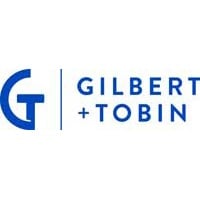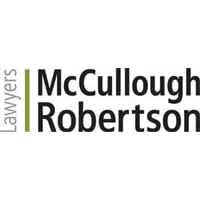

General counsel and general manager commercial affairs | HESTA Super





Jorden Lam
General counsel and general manager commercial affairs | HESTA Super
During a board strategy session I attended earlier in the year, I was struck by discussions around building trust amongst board directors to foster a positive decision-making culture. We were presented with the Trust Equation, coined in the book, “The Trusted Advisor”. And all of a sudden it became clear to me. All of us, not just lawyers, in our professional worlds should be guided in our behaviours, actions and deliverables by the simple but often lost principle of trust. Trustworthiness being measured by credibility, reliability and intimacy, all divided by a denominator of “self-orientation”.
Trust should be at the core of all the strong relationships lawyers build with internal business partners, and that “Trust Equation” gives us a framework for how to do that. It sounds trite, obvious and perhaps even elementary. But if you look at the equation, and think deeply about what we all do in our day-to-day, how much of what we do is really focused on each of those pillars? Too often we are busy being focused on the self variable in the equation rather than building upon all those other pillars to ensure we can strengthen the relationships we have with our business partners.
Worth thinking about in greater detail is the idea of “intimacy” and what that really means – in a professional context this is all about empathy. Driving our relationships in an empathetic way having regard to how our business stakeholders and partners want to engage with us and what solutions they need from in-house lawyers. It’s not just the age old mantra of “you have to be commercial”, it’s more about understanding what business partner’s view as “commercial” and bridging any gap between the legal view of commerciality versus the business view.
In early 2018, I led my team’s roll-out of a company-wide technology solution that automates the management of all legal contracts within our organisation. This solution was custom-designed by my team with feedback from internal business units. The software utilises machine-learning to automate basic legal solutions to our business units such as confidentiality deeds. The software solution is also a centralised repository for all our contracts – something all in-house lawyers will say is nirvana!
The creation of this solution required the consultation with all business units via multiple workshops to understand some of the key challenges each business team faces and where legal have a role to play in their day to day activity. Multiple rounds of consultation were undertaken during the development process to ensure the solution worked for both my legal team and our internal stakeholders.
Following from this the legal team are now focussed on two key project initiatives – the roll-out of a procurement and relationship management framework and executing on a legal service delivery strategy, centred around key legal operations and best practice principles.
I am frequently challenging external counsel to think about how they re-define their value proposition to in-house lawyers. I cringe when I meet business development partners pitching for work and they spend all their time telling me about how they differentiate themselves based on the quality of their work and how they’re the biggest firm nationally by partner number. Quality is a given expectation if we’re meeting. The things that in my mind make me favour one external counsel over another is their ability to build a relationship with my organisation, demonstrating they truly understand our business and most importantly that they are aligned with our organisational values. To build longevity in a relationship with external counsel it’s important to see that they will for example take instructions from a client as a team so not just the partner is interpreting what the client’s needs are.
Being the most adaptable and flexible in how they take instructions is what’s most valuable to me – whether that be a conversation over the phone for a simple letter opinion or a detailed brief from my team for a more significant and time heavy advice. The challenge in my view is not about techniques for providing instructions that will yield the best result, it’s all about the investment in the relationship with an organisation that an external firm makes that drives the positive results that I need.
Complex factors go towards why this is a challenge and I personally think it’s not just about women in leadership positions but a problem with seeing broader diversity represented in senior leadership roles. There are responsibilities on both sides – individuals and organisations. A lot of discussion and practices (virtue-signalling or not) by organisations go towards trying to address this problem.
However women also need to self-challenge their own inbuilt biases and behaviours that in effect accept the inequity they face. For example I’ve spoken to numerous friends and colleagues who turn down promotions being offered to them because they feel that they are not ready to take on those roles and need more experience, training, years etc before they can. Or ones that apologise when asking to be considered for opportunities because they feel like they’re being demanding for asking. This behaviour obviously drives inequity; we hear all the time about male counterparts behaving in the opposite way and willingly taking on things they have no demonstrated capacity to deliver on.
There is also need for women in positions of influence to role-model the supportive behaviours that will help others shift those internal biases, so that they too feel empowered to seek senior positions and ask for the support and training necessary to get there. There’s nothing worse than the senior women who hold other women down!
The legal profession in my view is particularly bad at this because we are not trained to work in tribes or squads. We are trained since being accepted into law school to win and be the best and to compete. And that permeates into the private practice model where you are judged on your individual billables. And those individualised targets endorse individual success and behaviours. Senior female partners in the legal industry had it really tough in their time and had to play a very different game; but that game has and must change.